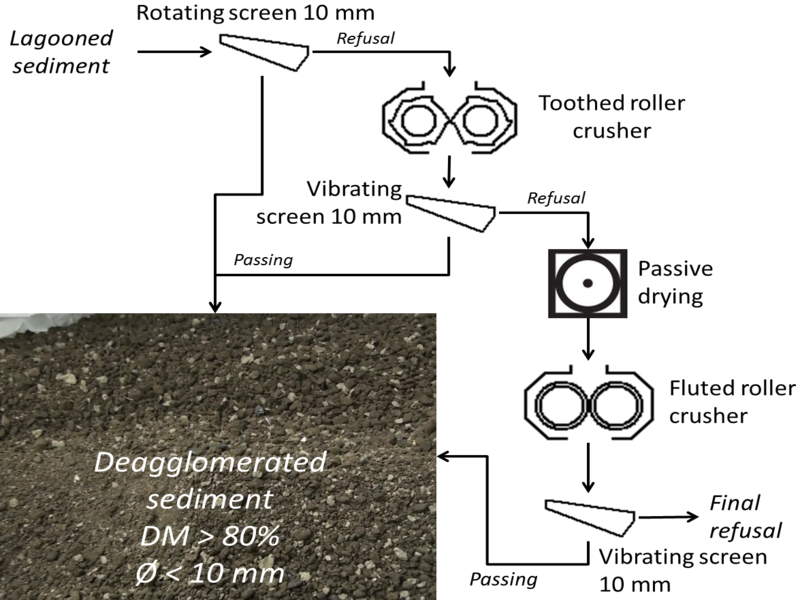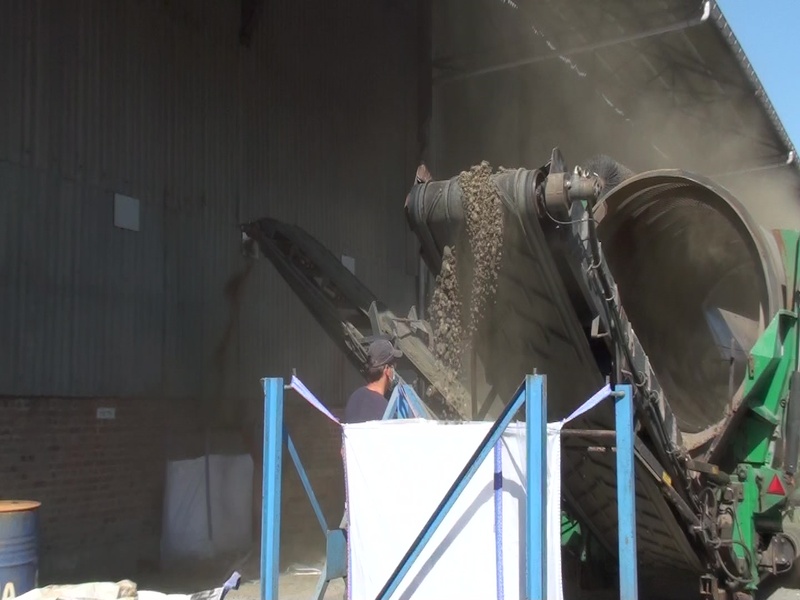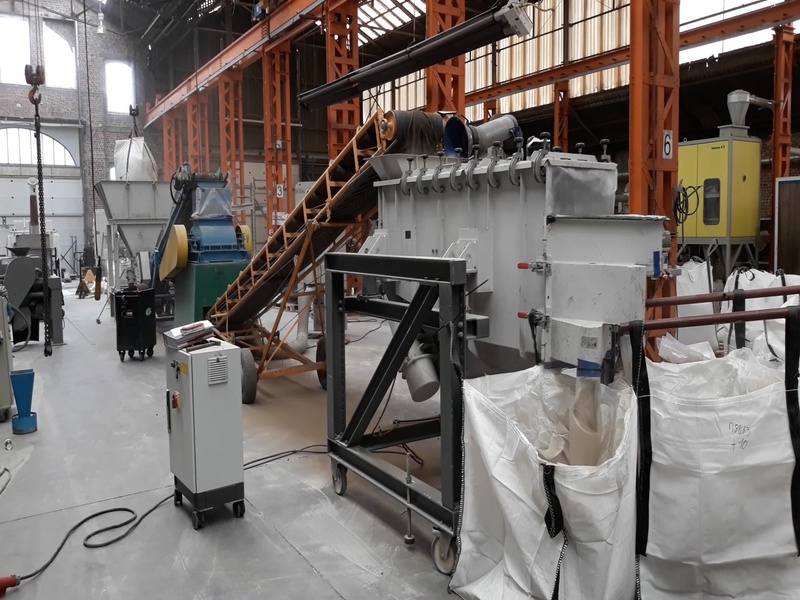Preparation of 13.5 tons of sediment for incorporation into a concrete bicycle path
The aim of the VALSE project is the building of large demonstrators to prove the relevance of the sediment beneficial use. This project brings together partners from France (“Hauts de France”) and Belgium (Wallonia and Flanders) in a project supported by Interreg Va France – Wallonia – Flanders program and led by ISSeP.
In this framework, a concrete slab was built and will be used as a bicycle path. This slab will contain a fraction of Walloon channel sediment,which is mainly silty and is considered as contaminated regarding Walloon legislation (heavy metals contamination). The concrete formulation was developed by one project partner, IMT Lille-Douai, and is based on the replacement of a certain percentage of the concrete sand fraction by sediment.
Today, this kind of beneficial use is not allowed in the Walloon legislation for sediments, and the beneficial use of contaminated sediments is also prohibited. The aim of this project was therefore, to prove that the use of dredged sediment categorised as contaminated by legislation is technically possible and can be done in an environmental friendly manner.
CTP, the project partner responsible for providing treated sediment fractions, treated 16 tons of dredging sediments. However, the sediment presents large agglomerates of materials, which are not able to enter concrete mixer or can induce heterogeneities inside the concrete. Therefore, a treatment is necessary to allow sediment incorporation in concrete at large scale.
Starting from 16 tons collected in a lagoon, a succession of sieving and grinding with roll crushers was applied to deagglomerate the sediment (see scheme). Toothed and fluted roll crushers were used. 13.5 tons of material were recovered and it consists of sufficiently fine particles to be incorporated into the concrete and especially enter in the mixer of the concrete plant. An estimation gives a treatment cost around 10.7 €/ton. To further reduce the cost, the amount of sediment sent in further passive drying should be minimized.
The building of the concrete slab was carried out during 2021. This process is an example of the treatment which have to be done before incorporating the sediment inside concrete and can be reproducible for other concrete demonstrators, for example docks, coastal protections, etc.
Graphical information:


